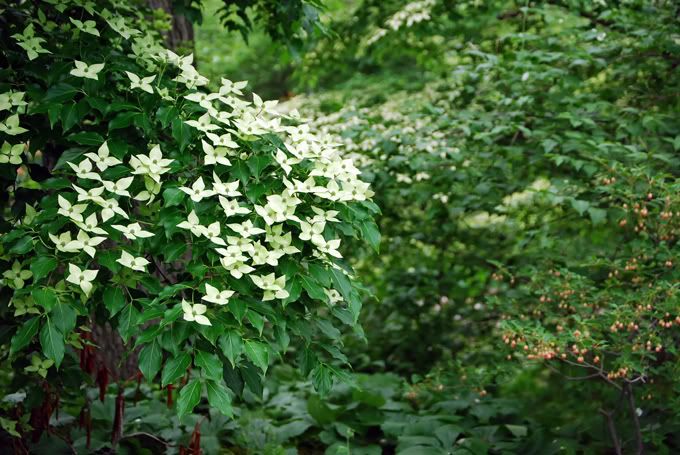

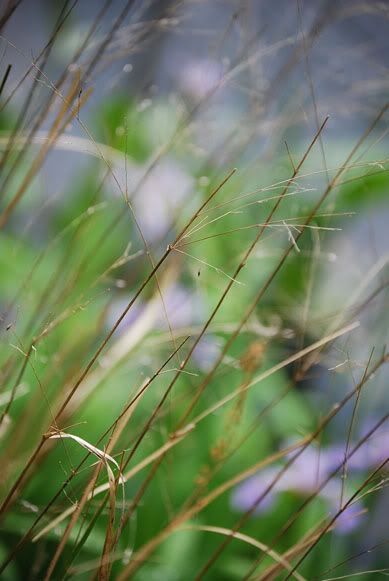

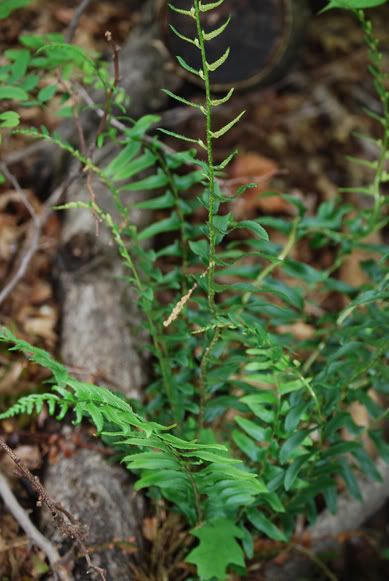
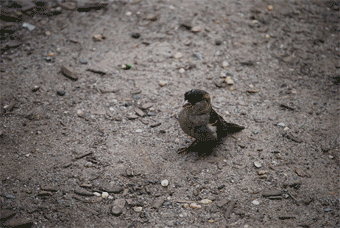
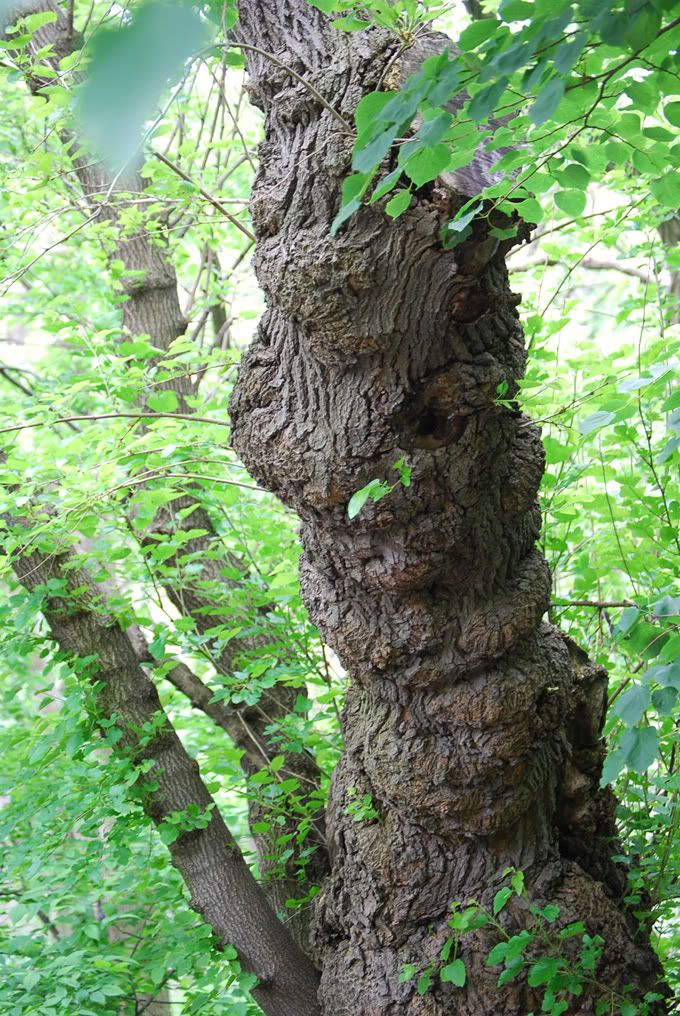
The weather was absolute perfection today. My sister and I walked through the park and I took her through the Rambles. I hadn't gone there in so many years that it was hard to recognize with all of the fenced pathways. Every time we saw a little side path we'd wander off the designated ones. I explained the history of as I knew it,
" It used to be where the guys would meet for unmentionable rendezvous hence nicknamed in the 20's as "the fruited plane"- then it became quite dangerous and several tabloid murders occurred there."
Personally, it was always my favorite destination in the park and I'm glad I experienced it before the fences were put in. When the park was originally designed Fredrick Olmstead created this as ........"as a woodland walk through highly varied topography, a "wild garden" away from carriage drives and bridle paths, to be wandered in, or to be viewed as a "natural" landscape from the formal lakefront setting of Bethesda Terrace or from rented rowboats on the Lake. The 38-acre (150,000 m2) Ramble embraces the deep coves of the north shore of the Lake, excavated between bands of bedrock; it offers dense naturalistic planting, rocky outcrops of glacially-scarred Manhattan bedrock, small open glades and an artificial stream, The Gill, that empties through the Azalea Pond, then down a cascade into the Lake. Its ground rises northwards towards Vista Rock, crowned by Belvedere Castle , a lookout and eye-catching folly.
The Park's most varied and intricately-planted landscape was planted with native trees— tupelo (Nyssa sylvatica), American sycamore, white, red, black, scarlet and willow oaks, Hackberry and Liriodendron, — together with some American trees never native to the area, such as Kentucky coffee tree, Yellowwood and Cucumber magnolia, and a few exotics, such as Phellodendron and Sophora.[1] Smaller natives include Sassafras. Aggressively self-seeding Black cherry and Black locust have come to dominate the Ramble.[2]
The 20-acre (81,000 m2) Lake unified what Calvert Vaux called the "irregular disconnected featureless conglomeration of ground".[3] It was excavated, entirely by hand, from unprepossessing swampy ground transected by drainage ditches and ramshackle stone walls.[4] Through the low-lying site the Sawkill flowed sluggishly from sources under the present American Museum of Natural History and in the prospective park south of Seneca Village, originally exiting the park under Fifth Avenue about 74th Street, where Conservatory Water lies today, on its way to the East River.[5] To create the Lake the outlet was dammed with a broad, curving earth dam, which carries the East Carriage Drive past the Kerbs Boathouse (1954), at the end of the Lake's eastern arm, so subtly that few visitors are aware of the landform's function. After six month's intensive effort, the Lake was ready in the winter of 1858 for its first season of ice-skating. Its center was seven feet deep, with terraced shorelines to lower levels for skaters' safety.[6] Originally, in other seasons a tour boat picked up and dropped visitors at five landings with rustic shelters: four have been rebuilt and rowboats are rented at the boathouse.
...wiki






0 comments:
Post a Comment